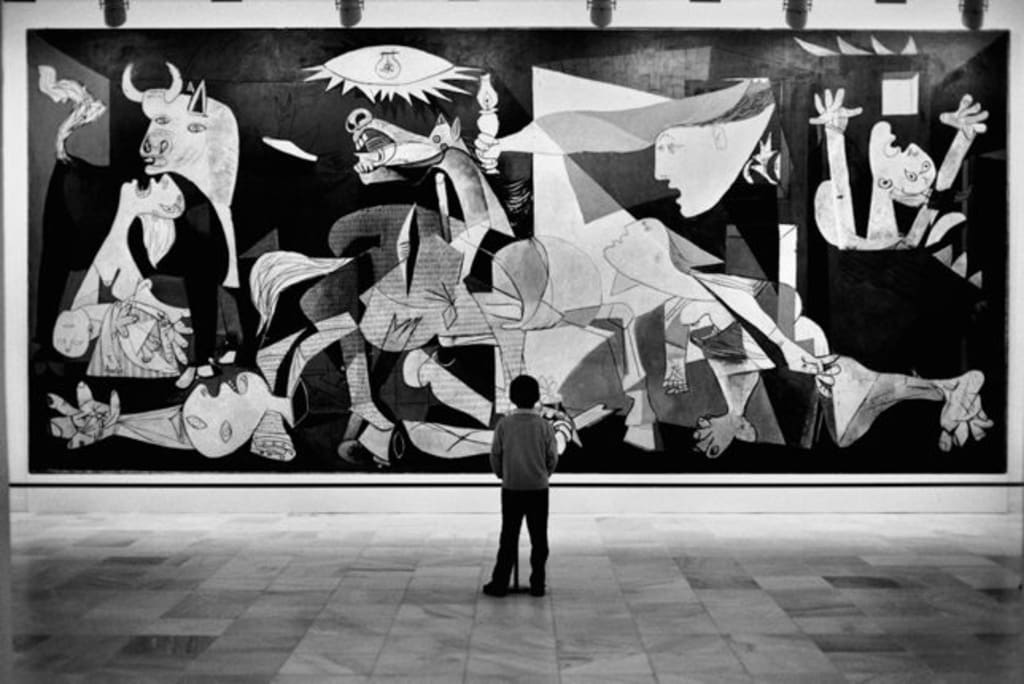Art as Activism
Inspiring Change Through Creativity

Introduction (Word Count: 97)
Art has long been recognized as a powerful tool for self-expression and storytelling. Beyond its aesthetic value, art has the capacity to ignite emotions, challenge societal norms, and inspire change. Art as activism is a concept that harnesses the transformative power of creativity to raise awareness, challenge injustices, and advocate for social and political causes. In this article, we will explore the role of art as activism and how artists throughout history have used their creative endeavors to drive meaningful change.
Historical Context (Word Count: 138)
Throughout history, artists have utilized their craft to challenge prevailing norms and advocate for social change. From the political art of Francisco Goya during the Spanish War of Independence to the civil rights photography of Gordon Parks during the American civil rights movement, art has been a crucial medium for dissent and resistance. Artists have employed various mediums such as visual art, music, literature, theater, and performance art to voice their opinions and raise awareness about pressing issues.
Amplifying Marginalized Voices (Word Count: 135)
One of the significant contributions of art as activism is its ability to amplify the voices of marginalized communities. By sharing their stories and experiences through artistic expression, individuals from marginalized groups can bring attention to their struggles, challenge stereotypes, and advocate for equality and justice. Art provides a platform for these voices to be heard, fostering empathy and understanding among broader audiences.
Shifting Perspectives (Word Count: 120)
Art has the unique power to evoke emotional responses and challenge preconceived notions. Through thought-provoking imagery, performances, or narratives, artists can disrupt dominant narratives and shift societal perspectives. By offering alternative narratives and representations, art can challenge stereotypes, spark conversations, and encourage critical thinking. This transformative power of art can lead to shifts in public opinion and ultimately drive social and political change.
Building Empathy and Connection (Word Count: 130)
Artistic expressions have the ability to foster empathy and create connections between individuals. Whether through a painting, a poem, or a musical composition, art can evoke emotions and create a sense of shared humanity. By evoking empathy, art can bridge divides and facilitate dialogue on complex issues, fostering a deeper understanding of diverse experiences and encouraging collective action for positive change.
Inspiring Activism and Mobilization (Word Count: 140)
Art has the power to inspire and mobilize individuals to take action. Whether it is a protest song that galvanizes a movement or a mural that sparks a sense of community activism, art has the ability to ignite the passion and drive necessary for social change. Artists often become activists themselves, using their platforms to advocate for causes and encourage their audiences to become agents of change.
Challenges and Controversies (Word Count: 115)
While art as activism has the potential to create meaningful impact, it is not without its challenges and controversies. Artists may face backlash, censorship, or attempts to silence their voices. The subjective nature of art can also lead to differing interpretations and resistance from those who may disagree with the message conveyed. However, these challenges should not deter artists from using their creativity to push boundaries and advocate for a more just and equitable world.
Conclusion (Word Count: 65)
Art as activism has a long and storied history, demonstrating the profound impact creativity can have on societal change. By amplifying marginalized voices, shifting perspectives, fostering empathy, and inspiring activism, art empowers individuals and communities to challenge the status quo and envision a more inclusive and just society. As artists continue to use their talents for activism, the transformative power of art will persist as a catalyst for positive change in the world.
About the Creator
Enjoyed the story? Support the Creator.
Subscribe for free to receive all their stories in your feed. You could also pledge your support or give them a one-off tip, letting them know you appreciate their work.





Comments
There are no comments for this story
Be the first to respond and start the conversation.